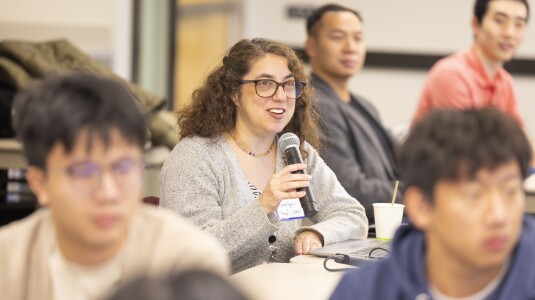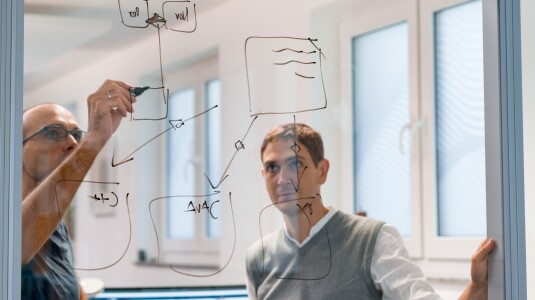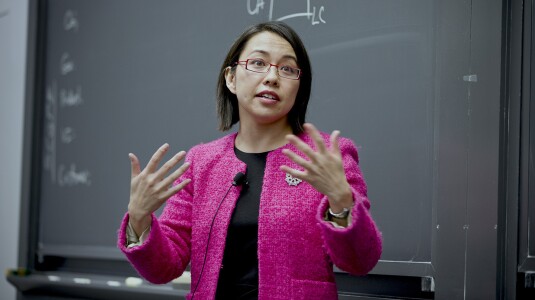Customer-obsessed science
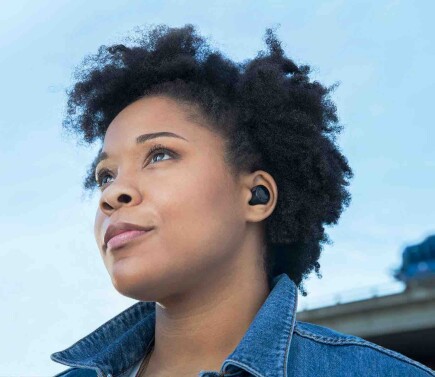
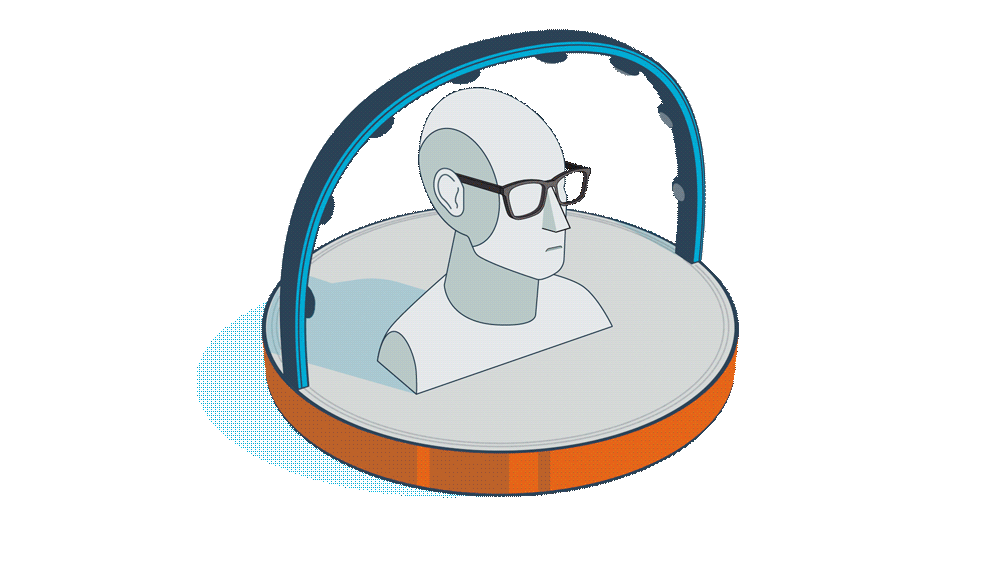
Research areas
-
December 10, 20255 min readNew audio-processing technology is making entertainment more accessible for millions of viewers.
-
December 8, 20258 min read
-
December 5, 20256 min read
-
-
Featured news
-
ACM SoCC 20242024Large language models (LLMs) are ubiquitously powerful but prohibitively expensive to train, often requiring thousands of compute devices, typically GPUs. To reduce the cost of training LLMs for customers, Amazon Web Services (AWS) launched the Amazon EC2 trn1 instances, powered by AWS Trainium, Amazon’s homegrown deep-learning accelerator, as an alternative to distributed LLM training. The trn1 instances
-
2024We propose a novel framework for pretraining and fine-tuning language models with the goal of determining whether two addresses represent the same physical building. Address matching and building authoritative address catalogues are important to many applications and businesses, such as delivery services, online retail, emergency services, logistics, etc. We propose to view a collection of addresses as
-
Journal of the American Medical Informatics Association2024Objectives: Patients are increasingly being given direct access to their medical records. However, radiology reports are written for clinicians and typically contain medical jargon, which can be confusing. One solution is for radiologists to provide a “colloquial” version that is accessible to the layperson. Because manually generating these colloquial translations would represent a significant burden for
-
2024In e-commerce, high consideration search missions typically require careful and elaborate decision making, and involve a substantial research investment from customers. We consider the task of automatically identifying such High Consideration (HC) queries. Detecting such missions or searches enables e-commerce sites to better serve user needs through targeted experiences such as curated QA widgets that
-
2024 Conference on Digital Experimentation @ MIT (CODE@MIT)2024There are different reasons why experimenters may want to randomize their experiment at a region level. In some cases, treatments cannot be turned on or off at the individual level, therefore requiring randomization at a group level, for which regions can be a good candidate. In other cases, experimenters may worry about network effects or other types of spillovers within a geographic area, and opt to randomize
Collaborations
View allWhether you're a faculty member or student, there are number of ways you can engage with Amazon.
View all








































